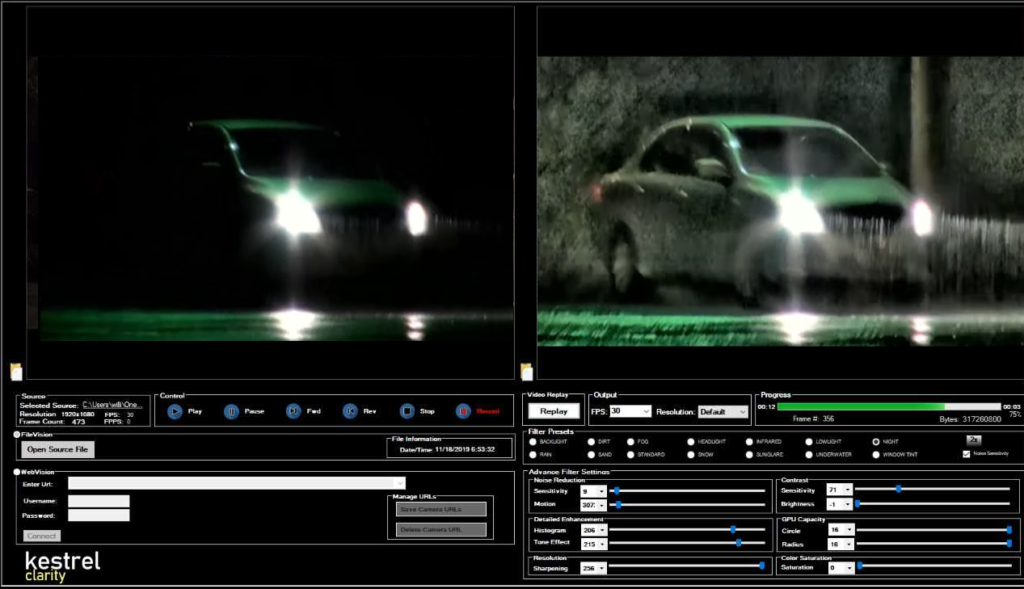In the realm of security and surveillance, Closed-Circuit Television (CCTV) systems serve as invaluable assets. However, the effectiveness of CCTV footage often hinges on its clarity and quality. Various factors such as lighting conditions, camera limitations, and environmental factors can degrade the clarity of the footage. Fortunately, advancements in technology have led to the development of sophisticated CCTV video enhancement tools designed to overcome these challenges and improve the clarity of surveillance footage. In this article, we will explore some of the key CCTV video enhancement tools aimed at boosting clarity and enhancing the overall effectiveness of surveillance systems.
1. Noise Reduction Algorithms
Noise, in the form of visual distortions and artifacts, can significantly degrade the clarity of CCTV footage. Noise reduction algorithms are specifically designed to address this issue by selectively filtering out unwanted noise while preserving essential details. These algorithms analyze the video data and apply techniques such as spatial and temporal filtering to remove noise, resulting in cleaner and more discernible images.
2. Sharpening Filters
Sharpening filters are essential tools for enhancing the clarity and crispness of CCTV footage. These filters work by increasing the contrast along the edges of objects in the video, making them appear more defined and distinct. By selectively sharpening edges, these filters improve the overall clarity of the footage, making it easier to identify objects and individuals captured on camera.
3. Contrast Enhancement
Contrast enhancement tools play a crucial role in improving the visibility of CCTV footage, particularly in scenes with varying lighting conditions. These tools adjust the contrast levels of the video, increasing the difference between light and dark areas. By enhancing contrast, these tools bring out finer details and improve the overall clarity of the footage, making it easier to discern objects and movements even in challenging environments.
4. Image Stabilization Techniques
Shaky footage can significantly impact the clarity and watchability of CCTV recordings, especially in scenarios where the camera is subject to vibrations or movements. Image stabilization techniques are designed to mitigate this issue by reducing the effects of camera shake. These techniques analyze the motion patterns in the video and apply corrective measures to stabilize the footage, resulting in smoother and more stable imagery.
5. Resolution Enhancement
Resolution enhancement tools aim to improve the clarity and detail of CCTV footage by increasing the resolution of the video. These tools utilize advanced algorithms to interpolate additional pixels and enhance the sharpness of the image. By boosting the resolution, these tools enable security personnel to capture finer details and nuances in the footage, enhancing overall clarity and aiding in the identification of subjects.
Conclusion
In the world of security and surveillance, the clarity of CCTV footage is paramount for effective monitoring, investigation, and response. By leveraging advanced video enhancement tools such as noise reduction algorithms, sharpening filters, contrast enhancement, image stabilization techniques, and resolution enhancement, security professionals can significantly improve the clarity and quality of surveillance footage. Investing in these tools not only enhances the effectiveness of CCTV systems but also strengthens overall security measures, enabling more precise identification and analysis of potential threats and incidents.


